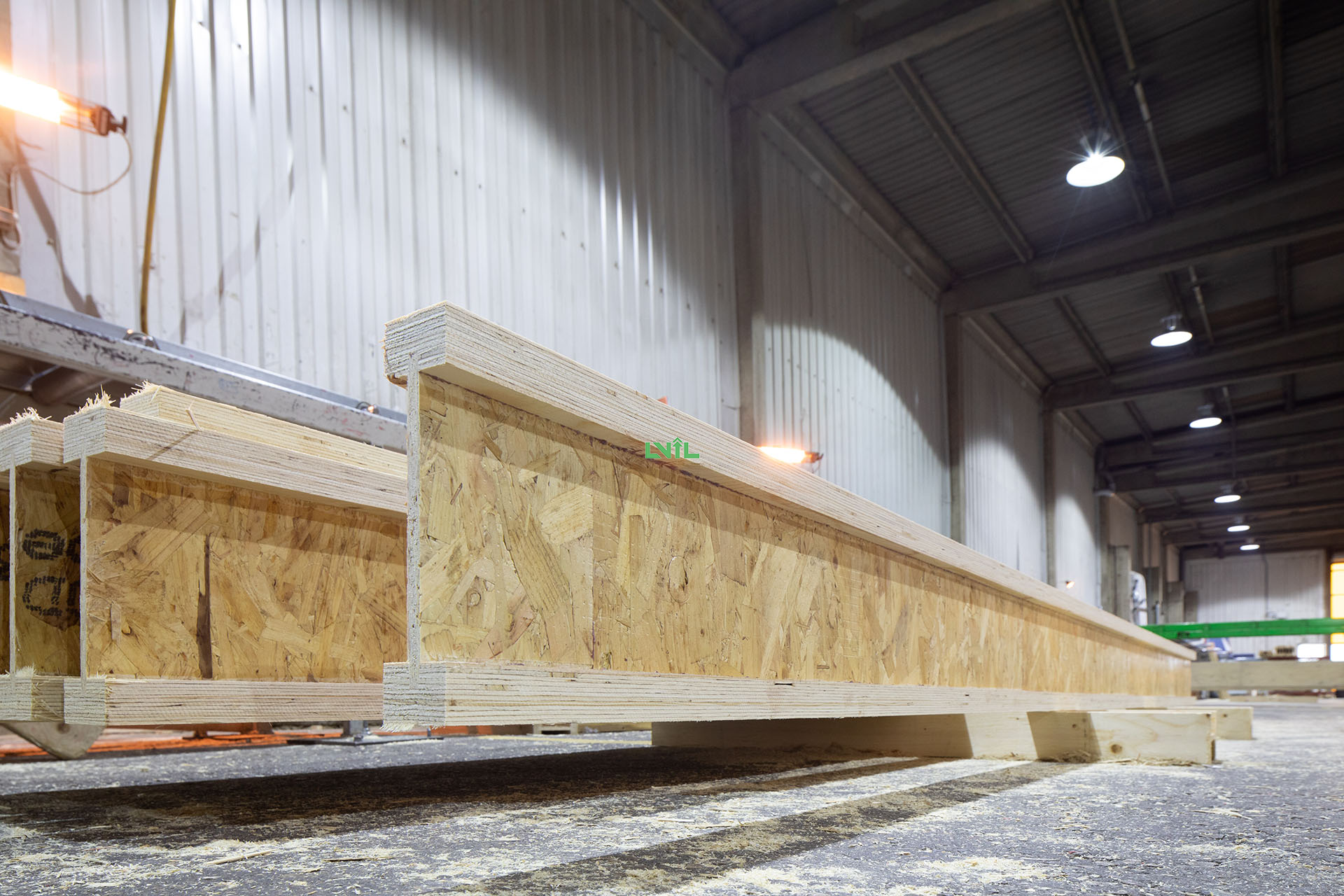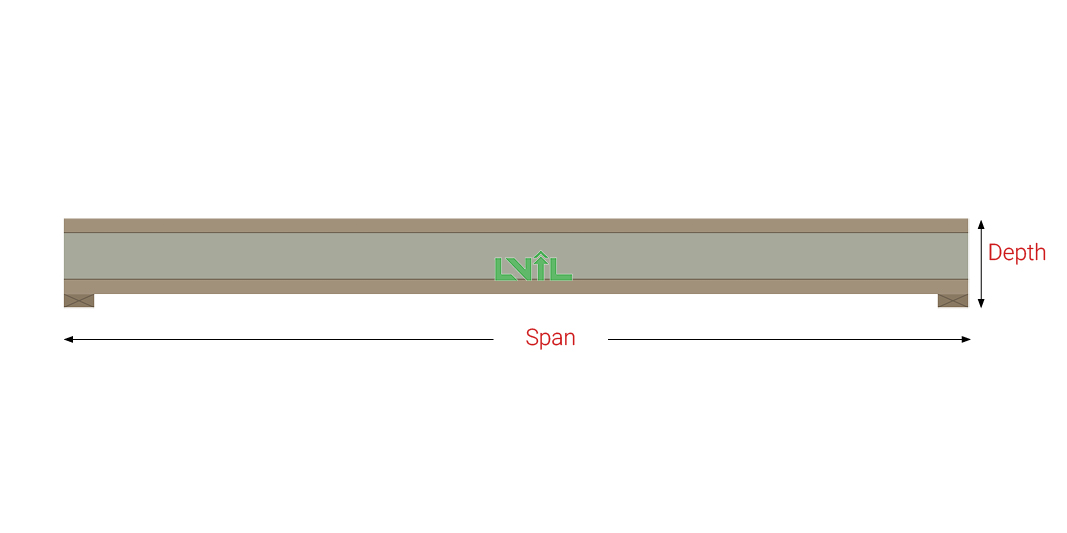At Unique, we design, manufacture and supply various flooring solutions, including I-joists, metal web joists and floor cassettes. An I-joist has two main parts, the web and flange. The web is sandwiched between a top and bottom flange, creating the “I” shape, hence the name I-Joist. It is the most common way to structurally frame an upper floor in a residential or commercial building.
Copyright © Shandong Unique International Trade Co.,Ltd All Rights Reserved.

Unique
We design and manufacture our I-Joist flooring systems using MetsaWood’s Finnjoists. I-joists are manufactured using Oriented strand board (OSB) for the webs and Kerto LVL for the flange materials, which results in an I-Joist that is lightweight, incredibly strong, easy to install and dimensionally stable.
We get a wide range of enquiries for engineered floor joists ranging from one-off self-build extensions to new housing development of 100+ plots from national housebuilders. We generally supply I-joists to the larger housebuilders, due to their lower costs compared to Posi-joists. Engineered I-joists are predominantly used for floors but in some instances, can also be used to create flat roofs for both residential and commercial buildings. www.lvijoist.com
Floor systems are a critical consideration when pricing a building project and there’s a variety of factors that can affect the price of I-joists including the span, the depth and the ‘centres’ to name a few. With our new instant quote function, you can get quick indicative pricing for your next project; you only need to have the following details handy:
Project type: this will help determine what size I-joist will be most suitable for the project, for example, is the joist being used for a floor with an apartment block, a domestic dwelling or an office space or will the joists be used to create a flat roof? Copyright © Shandong Unique International Trade Co.,Ltd All Rights Reserved.
Span: this is the distance between two intermediate supports for a structure, e.g. an internal load bearing wall to another internal load-bearing wall or a steel beam. The size of the I joist is affected by the length of the span and longer spans require thicker, deeper I-joists, whereas smaller spans can use I-joists that are thinner. In some instances, it is cheaper to use a deeper joist.
Depth: this is simply the depth of joist required. A deeper joist can be beneficial when the engineered i-joist is needed to span further lengths without intermediate supports such as walls.
Quantity: how many pieces are required for floor space or project in general. This will be based on the spacing of the joists (centres). https://www.lvijoist.com/
https://www.lvijoist.com/
